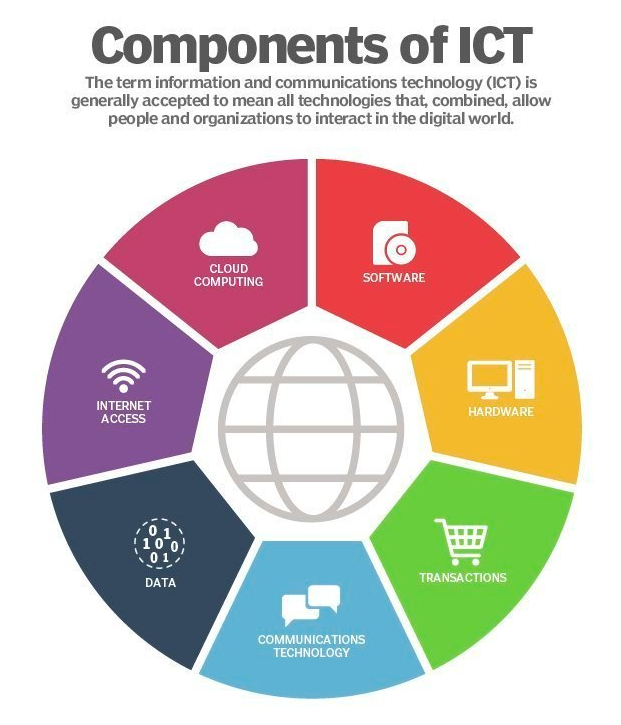- Filter By :
- Theoretical Questions
- Case Studies
-
Q. How can information and communication technology help in reducing corruption? illustrate your answer with two examples (250 words)
17 Nov, 2022 GS Paper 4 Theoretical QuestionsApproach
- Start your answer by briefly introducing information and communication technology (ICT).
- Discuss utilization of ICT in reducing corruption.
- Give at least two examples of ICT helping in reducing corruption.
- Conclude suitably.
Introduction
- Information and Communications Technology (ICT) is the convergence of computing, telecommunication and governance policies for how information should be accessed, secured, processed, transmitted and stored.
- Examples of ICT are software applications and operating systems; web-based information and applications such as distance learning; telephones and other telecommunications products; video equipment and multimedia products that may be distributed on videotapes, CDs, DVDs, email, or the World Wide Web.
Body
- Components of ICT
- Utilization of ICT in reducing corruption:
- The introduction of ICT tools does not automatically translate into anti-corruption outcomes; rather, impact hinges on the matching between ICT tools and the local context, including support for and skills in using technology.
- Technology has ushered the age of information, so that information can be seamlessly disseminated. Institutions can leverage technology to make vital information regarding public services readily available in the public domain, and thus improve transparency. In addition, data is a critical asset today, which can be used to power tech innovations that boost integrity systems. According to a World Economic Forum study, data can make it possible “to detect and deter fraud risks, complex networks and corrupt practices” by way of cross-referencing public databases.
- Technology can also cut red tape through automation of bureaucratic processes. Complex procedures are cumbersome and typically lay the ground for corruption. With no opportunities for face-to-face interactions between citizens and public officials, digital processes substantially reduce the opportunities for soliciting or accepting bribes.
- ICT can support anti-corruption by impacting public scrutiny in numerous ways: enabling reporting on corruption, promoting transparency and accountability, facilitating citizen participation and government-citizen interactions. However, ICT can also provide new corruption opportunities through the dark web, cryptocurrencies, or the misuse of technologies such as centralised databases.
- Examples:
- The Right to Information Act (2005): It is a classic example of how citizens can monitor and hold governments accountable if they are given access to information. Technology can further scale this very idea, and that too in a cost-efficient way, as the democratization of technology has ensured the penetration of smart phones and internet in even the remote parts of the country.
- Direct Benefit Transfer (DBT) schemes: The 'JAM Trinity' of the Jan Dhan-Aadhaar-Mobile significantly eliminated intermediaries, made it easier to detect and deter fraud risks and therefore, prevented leakages in the system. As a result, 351 schemes deploying the DBT model were reported to have saved Rs 1.70 lakh crore from falling into the hands of middlemen. The backbone of the system was the Aadhaar digital ID program, which is being used to deliver government subsidies, benefits, and service.
Conclusion
India is on an upward trajectory in terms of digitalisation, albeit there are more grounds to cover in rural India. Digital literacy programmes like the Pradhan Mantri Grameen Digital Saksharta Abhiyan (PMGDISHA) can also be ramped up in order to create greater transparency and accountability within delivery systems. Meanwhile, digitisation of internal processes of the government and data-driven tech innovations are areas that should be explored to further strengthen the integrity systems and disrupt corruption risks.
To get PDF version, Please click on "Print PDF" button.
Print PDF





